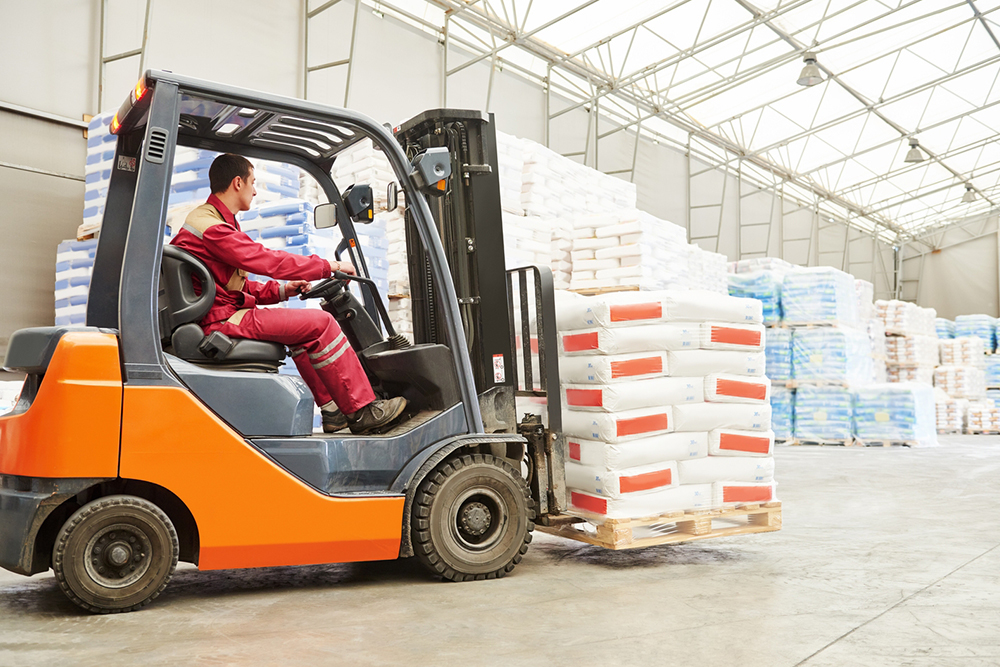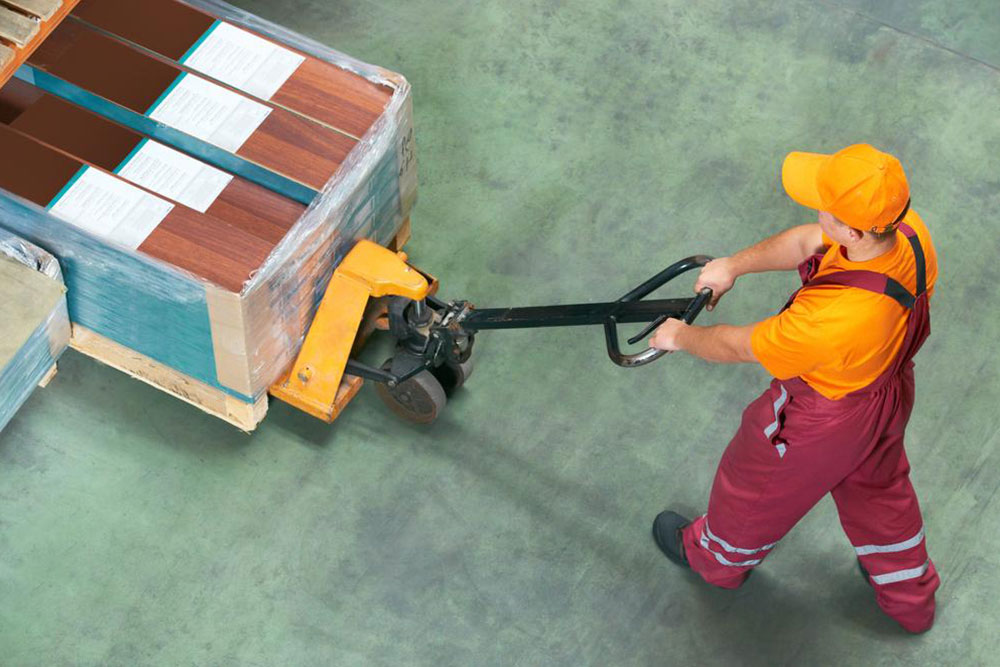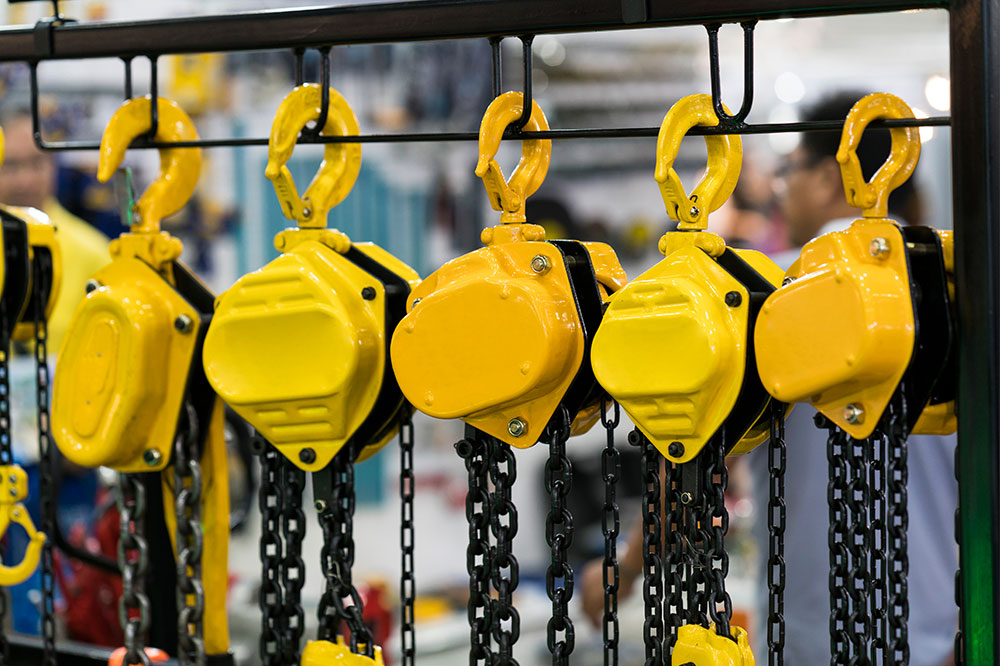Comprehensive Guide to Portable Yard Loading Ramps for Efficient Material Handling
This comprehensive guide explores the importance of portable yard loading ramps in logistics, detailing their types, materials, and advantages. Offering insights into how these ramps enhance safety, flexibility, and efficiency, the article helps businesses select the best solutions for their material handling needs. Discover the features, benefits, and applications of yard ramps to improve your operational effectiveness today.

Comprehensive Guide to Portable Yard Loading Ramps for Efficient Material Handling
In the realm of logistics and material handling, yard ramps stand out as indispensable equipment that facilitate the smooth transfer of goods between storage facilities and transport vehicles. These versatile tools are designed to streamline loading and unloading processes, minimizing downtime and enhancing operational efficiency. Unlike permanent concrete ramps, portable yard ramps bring flexibility and convenience, allowing businesses to adapt their loading operations to changing needs swiftly.
Why Are Yard Ramps Essential in Modern Logistics? Effective supply chain management hinges on the ability to transfer goods swiftly and safely. Yard ramps serve as a bridge between ground level and vehicle beds, particularly when dealing with trucks, containers, or trailers. They eliminate bottlenecks caused by mismatched heights or inaccessible loading areas, making the loading process safer, faster, and more coordinated. Especially in dynamic environments such as distribution centers, warehouses, or construction sites, portable yard ramps provide the adaptability necessary to meet varying operational demands.
When managing logistics, forklifts are crucial for material movement. For these machines to operate efficiently, they require a reliable, sturdy interface to transfer loads from the ground to truck beds seamlessly. While fixed concrete ramps are a permanent solution, they lack flexibility. Portable yard ramps offer a superior alternative by allowing quick deployment, repositioning, and storage, necessitating less upfront infrastructure investment.
Advantages of Portable Yard Ramps over Fixed Alternatives
Portable yard ramps provide unmatched flexibility, enabling businesses to modify their loading areas according to daily operational needs. They are particularly advantageous in situations where multiple loading zones are involved or where the yard layout frequently changes. Additionally, these ramps can be used in temporary setups, saving costs associated with installing permanent infrastructure.
Properly positioned near trucks, these ramps are elevated to match the height of truck beds and are securely anchored to prevent shifting during operations. Safety is a primary concern, with many models equipped with features like safety railings, slip-resistant surfaces, and locking mechanisms to prevent accidents, such as forklifts slipping off the ramp or load spills.
Choosing Between Steel and Aluminum Yard Ramps
Material selection is vital to ensure durability, safety, and suitability for specific tasks. Steel and aluminum are the two most common materials used in constructing yard ramps, each offering distinct benefits and considerations.
Aluminum Yard Ramps: Aluminum ramps are lightweight, making them easy to transport and reposition. Their corrosion-resistant properties extend the lifespan, especially in environments exposed to moisture or chemicals. They are also highly maneuverable, ideal for tight or congested spaces. Aluminum ramps typically support loads up to approximately 16,000 pounds, making them suitable for most medium-duty applications.
Steel Yard Ramps: Steel ramps are known for their robustness and ability to handle heavier loads exceeding 30,000 pounds. They are preferred in demanding environments such as heavy manufacturing, construction, or shipping yards. Despite their strength, steel ramps require regular maintenance, including rust prevention and inspection for sparks, particularly when transporting flammable or combustible goods.
The choice between steel and aluminum depends on specific operational requirements, budget considerations, and maintenance capabilities.
Varieties of Yard Ramps and Their Specific Uses
Yard ramps come in several configurations, each tailored for different operational scenarios:
Ground-to-Truck Ramps: Designed for direct connection between ground level and truck beds, these ramps provide stable, heavy-duty support for loading and unloading goods directly onto vehicles. They are essential in environments where vehicles cannot park at dock level or where temporary operations are needed.
Dock-to-Ground Ramps: These extend from loading docks to ground level, facilitating the transfer of goods from warehouse storage to transport vehicles. They are commonly used in distribution centers, warehouses, and manufacturing facilities where dock access is available.
Mobile Yard Ramps: Equipped with sturdy casters or wheels, mobile yard ramps are highly versatile. They can be easily moved and positioned as needed, making them ideal for multi-use or multi-site operations. Their portability minimizes downtime and allows for quick reconfiguration of loading zones.
Moreover, portable yard ramps tend to be more cost-effective compared to permanent concrete structures. They are available as new units, or businesses can choose rental options to reduce capital expenditure and increase operational flexibility. This affordability makes them accessible for small businesses and large enterprises alike, supporting scalable logistics solutions.
In conclusion, portable yard loading ramps are vital components for optimizing material handling processes. Their adaptability, safety features, and variety of options make them suitable for diverse industrial applications, helping companies improve productivity while maintaining safety standards. Whether in temporary setups or ongoing operations, selecting the appropriate yard ramp can significantly impact the efficiency of your logistics chain.





